Diversity Brings Difference
(and that's a good thing)
We know that learning happens in many ways in many different places. The classroom is usually where formal teaching takes place, but even here the learning that occurs is increasingly linked to children's experiences and cultural understandings, and to do this is recognised as a marker of quality teaching*. New Zealand classrooms host a diverse mix of learners from a variety of backgrounds who very often do not all bring the same life experiences to school. One of the challenges teachers face, is how to draw from the many different experiences that children have, to develop the knowledge, skills, and understandings of all children.
In the past schools have made the mistake of assuming that students who did not bring experiences similar to those of their middle class NZ European teachers, did not have any experiences. Hopefully those days are long gone, and we all recognise that every child brings their own unique set of experiences to school, and that these experiences may be very different to those of their teachers, and most probably, some of their peers as well. Building on these experiences to promote learning is the teacher’s task
Technology has made our world smaller, and we are influenced by the ideas and activities of others from many different places. There are also many more lifestyle choices available to individuals as beliefs and values held dear by many in the past have been challenged, and people have accepted that it's the right of others to make different choices to their own. As our society has become increasingly diverse so too have our schools, and hence the life experiences that our children bring into the classroom are often more different than they are the same. This is not a bad thing, but it does bring complexity to teaching that didn't exist when our schools were first built.
The benefits of diversity in a community are many. On the surface level is the variety of foods and entertainments available to us. At a deeper level the different outlooks and ways of thinking that people bring can lead to increased innovation and better problem solving. In schools, diversity helps to build tolerance, respect, and open-mindedness, all necessary for getting along with others and being successful in the big wide world.
When a school's organisation and culture reflects and respects the diversity of it's students, everyone can benefit from the richness of such varied experience and knowledge. This requires us to do many things differently to how they were done in the past. And to do things differently to how they were done in the past means that going to school in 2015 provides quite a different experience for children today than their parents had.
If our school was doing things exactly the same as when our parents were the age their children are now…. then we would be in trouble. Catering for our diverse learners is just one of the driving forces pushing us to do things differently at Ridgway. What’s important is that our systems and organisation are under constant review. Our teachers actively engage in professional learning and development to apply research proven modern teaching strategies. We deliberately seek to provide our students with the education they need for their future, not simply repeat the school experiences of their parents generation. Does it look different? I hope so.
*Best Evidence Synthesis: Quality Teaching for Diverse Learners, June 2003




Find us on Facebook
Copyright 2020 Ridgway School | Contact Us | Designed by Expert and Powered by MoST Infrastructure Platform
Playground design by Mark Newdick, Photography by Andy Spain